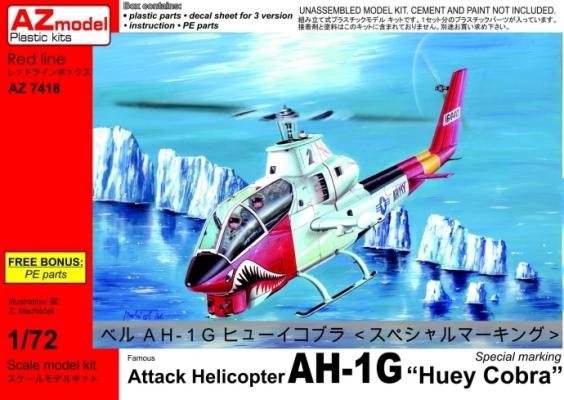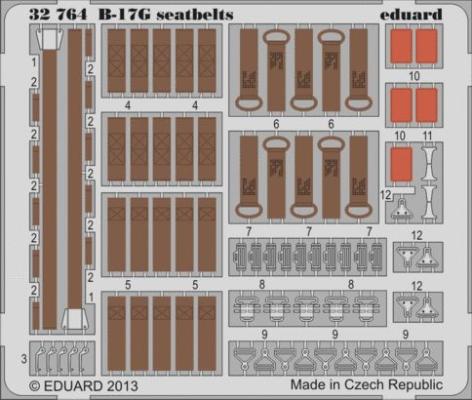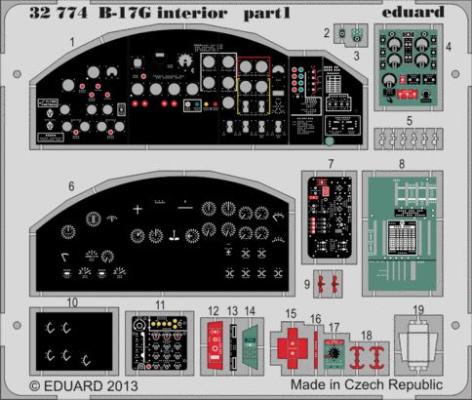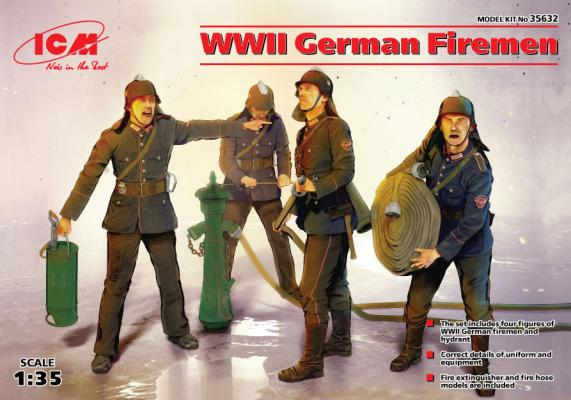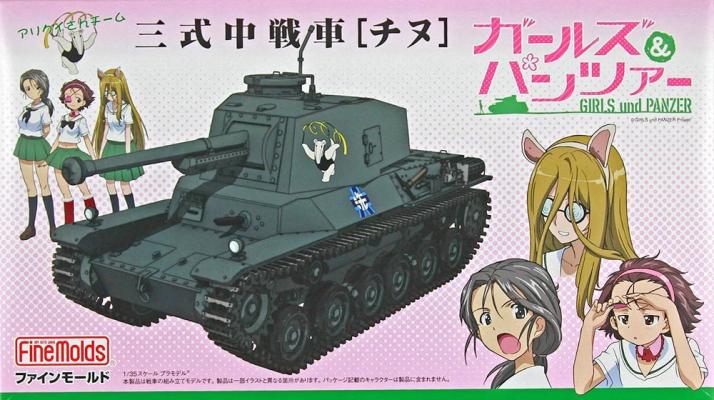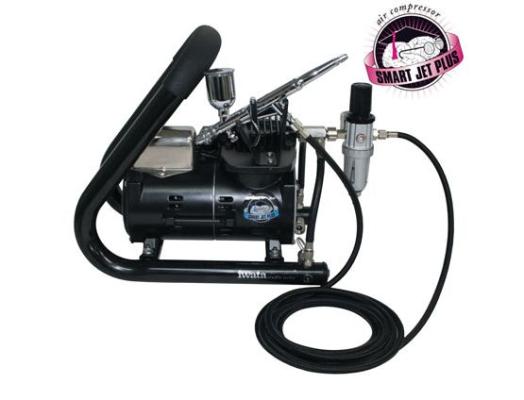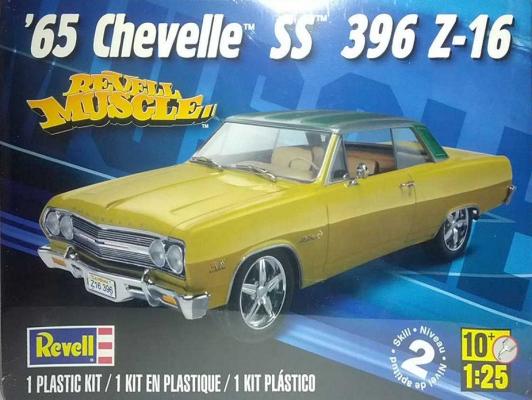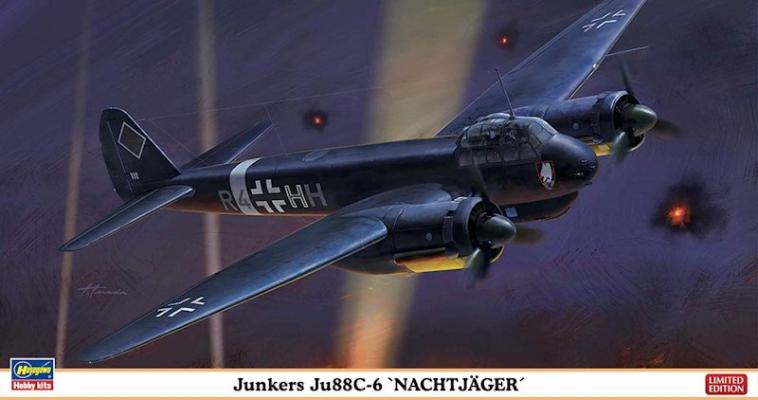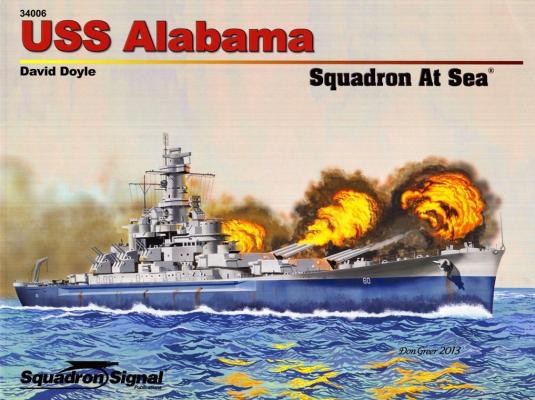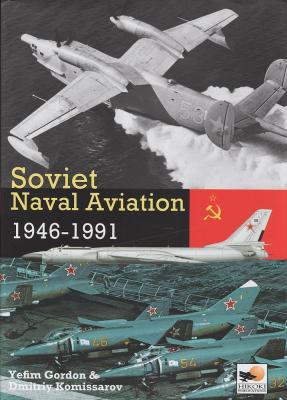History Brief
By June, 1967, Bell Helicopters delivered the first AH-1G Huey Cobra. The Snake, as she was also known, was the genesis, the initial production model gunship for the US Army’s attack helicopter fleet. It was flown by a crew of two, one pilot and one co-pilot/gunner (CPG), sitting in what is now the classic gunship tandem step-up configuration. The overall design was conventional; it was derived from the Bell UH-1 Huey. They basically slimed it down and added stub wings with hard points while keeping the aft empennage and the two-bladed tail rotor. It also retained the large 44’ diameter main two-bladed rotor. The Snake sported an M-28 chin turret with optional 2 × 7.62mm (0.308 in) multi-barrel miniguns, or 2 × M129 40mm grenade launchers, or one of each. It was powered by one 1400 shp Avco Lycoming T53-13 turboshaft.

